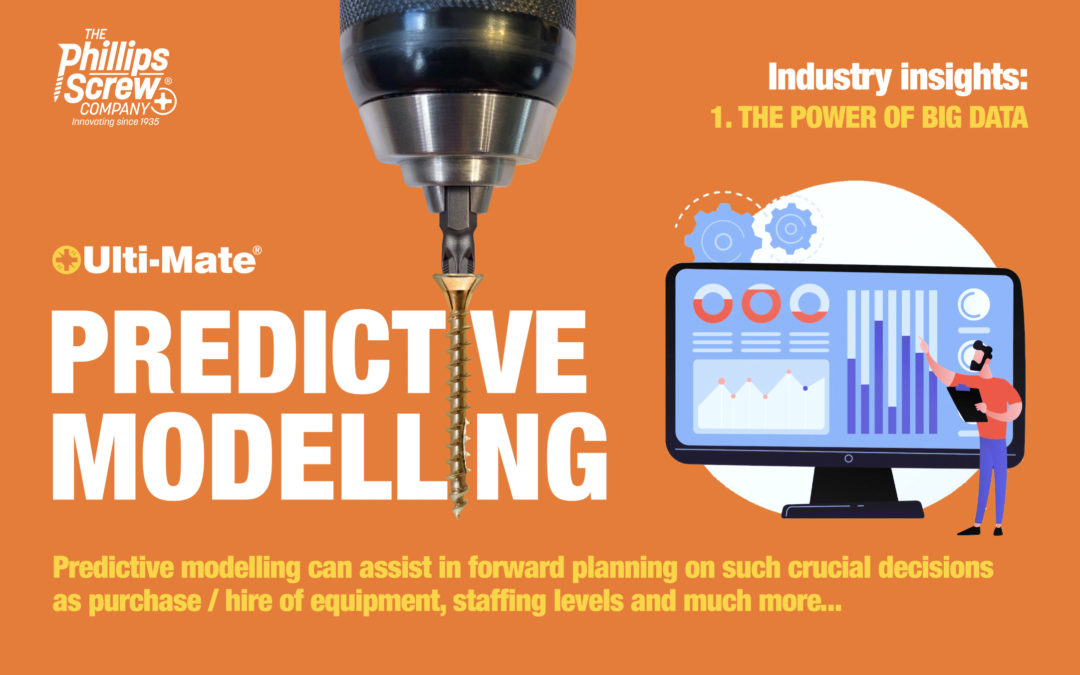Predictive modelling in construction
Predictive modelling, also known as Machine Learning, involves analysing data to make predictions about future outcomes. This can be particularly useful for businesses who want to accurately predict customer needs and preferences, as well as for researchers who are looking to better understand trends and patterns in large datasets. However, it is important to note that predictive models are not always 100% accurate and should be used in conjunction with other forms of analysis.
At its core, predictive modelling involves using existing data to build a model that can make accurate predictions about future outcomes. This typically involves using sophisticated algorithms and statistical techniques, such as machine learning, neural networks, and Bayesian analysis. Predictive modelling can be a valuable tool for businesses looking to stay ahead in today’s rapidly evolving marketplace.
When constructing a predictive model, various factors must be taken into consideration. This includes selecting the appropriate algorithm, properly cleaning and organizing the data, and evaluating the model’s performance. It is also important to continually monitor and update the model as new information becomes available. By carefully utilizing predictive modelling techniques, businesses can make data-driven decisions that ultimately drive success and growth.
Artificial intelligence (AI) is a rapidly emerging field in the construction industry, as builders and developers look to leverage cutting-edge AI technologies to streamline processes, improve efficiency, and reduce costs.
At its core, predictive software for construction uses AI algorithms to analyze large amounts of data related to a project – including past trends, site conditions, workforce capabilities, weather patterns, and more – to make predictions about how the project will progress. This enables planning teams to proactively address potential issues before they arise and adjust course if needed.
Some of the most popular AI tools used in construction include machine learning models that can predict turnaround times for individual tasks or schedules; computer vision systems that can identify street signs or traffic patterns; and natural language processing algorithms that can improve communication between project partners.
While AI is still in the early stages of adoption in construction, many experts believe that it has the potential to revolutionize the industry. With AI-powered predictive software, builders and developers will be better positioned to keep projects on track, meet tight deadlines, and deliver high-quality results. And as AI technologies advance and become more affordable, we can expect to see even greater adoption in the years ahead.
Overall, if you want to improve the efficiency and performance of your construction projects, then predictive software is the ideal solution. With its powerful AI-based algorithms and advanced analytics capabilities, it can help you make more informed decisions about everything from costs to timelines to resource management. So why wait? Start using predictive software for construction today and take your business to the next level.
Overall, predictive modelling can be an asset for businesses looking to stay ahead in today’s competitive marketplace. However, it is important to remember that these models are not always perfect and should be used in conjunction with other forms of analysis and decision making. By properly utilizing Big Data and predictive modelling techniques, businesses can improve their productivity and increase their chances of success.
More articles to come in the following weeks.
To find out how the Ulti-Mate® range of screw fastenings can make your business more efficient, call Andy Boden on 07706 783563 or email aboden@phillips-screw.com
Further reading
https://insightsoftware.com/blog/top-5-predictive-analytics-models-and-algorithms/
https://www.wallstreetmojo.com/predictive-modeling/
https://www.jmp.com/en_gb/applications/statistics-predictive-modeling-data-mining.html
https://www.expressanalytics.com/what-is-predictive-modeling/
#ultimate #ultimatewoodscrews #phillipsscrewcompany #stickfit #constructioninsights #constructionAI #bigdatainconstruction #BIM #constructionefficiency #constructionalgorithms #efficient #performance #woodscrews #screws #construction #worksmart #marketingtoolkit


Recent Comments